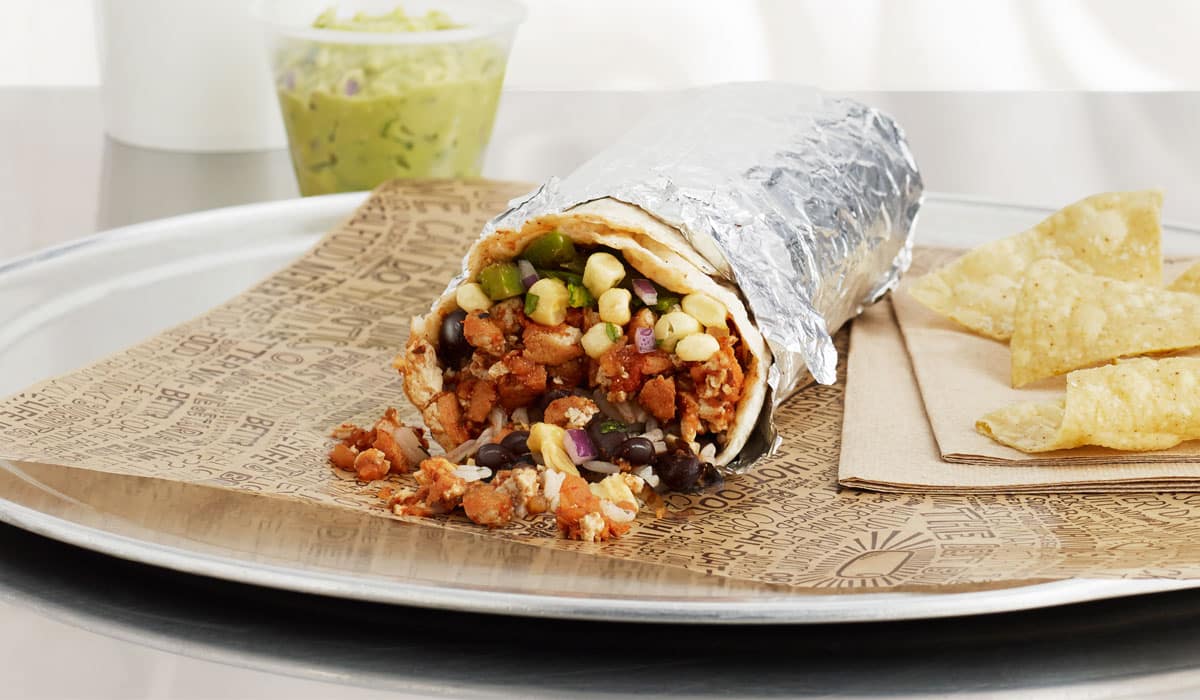After the shutdown last March, the initial response from restaurants was to get food out to consumers in any way they could. Now, they’ve shifted from reactive mode to making deliberate, long-term changes in how they operate. I believe these changes will make the industry considerably stronger in the long term.
Several chains have opened new suburban locations that put them closer to customers, providing faster pick-up and delivery and more convenience. They’re also building smaller locations with multiple drive-through lanes –a more profitable model that requires less space and fewer staff to wait tables.
The overarching theme is speed and flexibility: speed to reconfigure, speed to reopen, and speed to move customers in and out. My company helps quick-serve chains, including Panda, Shake Shack and Habit Burger, to hire and manage the contractors who do their cleaning and configuration work, so we have a good view into how they’ve adapted. Here are some of the key changes they’re making for 2021 and beyond.
New locations and configurations
Many restaurants plan to open new suburban locations with two or three drive-through lanes, fewer tables and as much as 80 percent of the floorspace devoted to kitchens. This helps them cater to the surge in demand for takeout and devote more resources to preparing meals rather than waiting on tables.
Every piece of furniture and kitchen equipment—tables, chairs, ovens, counters—will be on wheels so they can reconfigure fast when conditions change. With a more flexible setup, if local authorities say capacity must go from 50 to 25 percent overnight, for example, restaurants can quickly move tables further apart or shift them outside. They can also reconfigure on the fly to accommodate fluctuating order volumes and a different mix of takeout and eat-in diners.
The innovations around in-store pickup are particularly creative. Some chains are piloting Amazon-style lockers where customers order through an app and receive a code to pick up their food. Others are experimenting with Styrofoam “igloos” that keep food warm on tables until the customer collects it.
To help manage opening and closing, employees are being put through virtual “shutdown and reopening drills” so they can close a location independently when HQ gives the order, while keeping business running as usual elsewhere.
Changing menu options for changing needs
After a year of lockdown, people are tired of cooking several times a week, and families are ordering larger takeout meals so they have leftovers for the next day. Restaurants that once focused on individual meals have responded with more family meals and bigger portions.
Food chains that catered to the lunchtime city crowd are also opening in the suburbs and plan to offer full-plate dinners alongside sandwiches and salads. Their food labs are hard at work figuring out how to prepare bigger meals without needing new equipment or bigger kitchens.
This kind of enforced experimentation will only be good in the long term. Customers are forming new ordering habits, and restaurants are diversifying to meet them. Habits that people enjoy will stick—maybe we’ll get used to ordering fine-dining as take-out—and restaurants can retire experiments they don’t need when it’s time to return to “normal.”
Safety and cleanliness remain No. 1
Health and safety are still the No. 1 consideration. Restaurants are fixated on cleanliness for their employees’ health, but they also want customers to feel confident and safe. Expect visible signs of cleaning throughout this year: where a cleaning cart was once an eyesore, now it’s a welcome sign that a restaurant is taking your safety seriously.
Industry leaders are piloting new technologies to keep their spaces virus-free. Technology using ionized particles, which works by attacking airborne pathogens, is being used by several chains including Chipotle. Others are experimenting with ultraviolet, which has been a tool in restaurants and other public spaces for years (though it can only be used during closed hours for safety reasons).
HEPA filters—when used properly—are another effective way to filter out virus particles. But they require an employee to change a filter that may be laden with the virus, so not everyone sees them as the best option.
Whichever solutions restaurants land on, expect to see them touted in marketing. McDonald’s franchises, for example, are highlighting their use of ultraviolet light to clean the air and surfaces in their restaurants.
Operating in a post-pandemic world
I’m confident the restaurant industry is setting itself up for success. Many of the changes in place will not only help during lockdown but also benefit restaurants and consumers in the long term. This is an uncertain time, but I believe we’ll look back on this as a period of positive transformation in which the restaurant industry rose to the challenge.
Tom Buiocchi is CEO of ServiceChannel, which provides cloud technology to help more than 500 brands like CVS Health, Panda Restaurant Group, and Chipotle manage the repair and maintenance of their facilities. He has more than 30 years of experience leading growth companies in both technology and energy services, including Jeda Networks (interim CEO), Drobo (CEO), Mohr Davidow Ventures (Executive in Residence), Brocade Communications (CMO), and Hewlett-Packard. Tom has a bachelor of science degree in electrical engineering from Union College and a MBA from Northwestern’s Kellogg School of Management.













